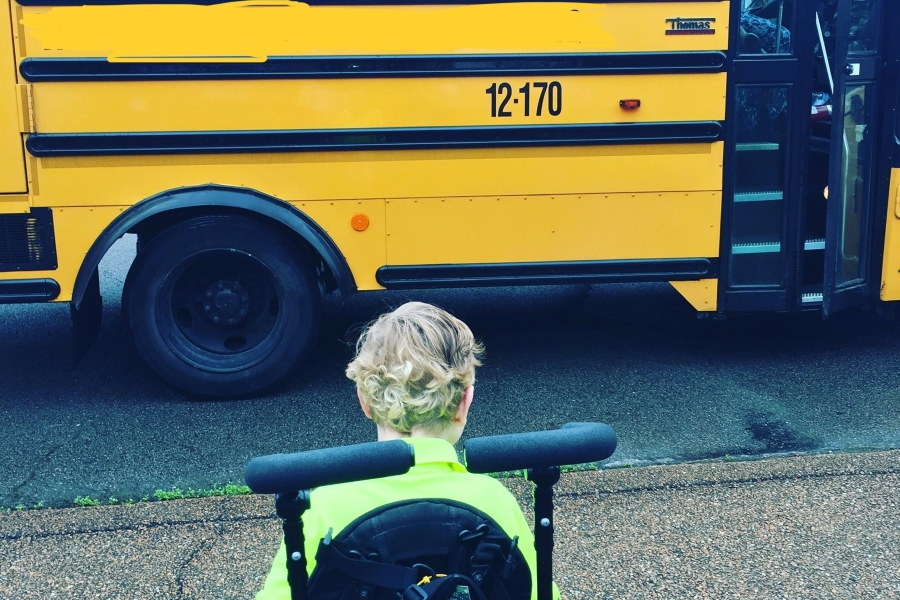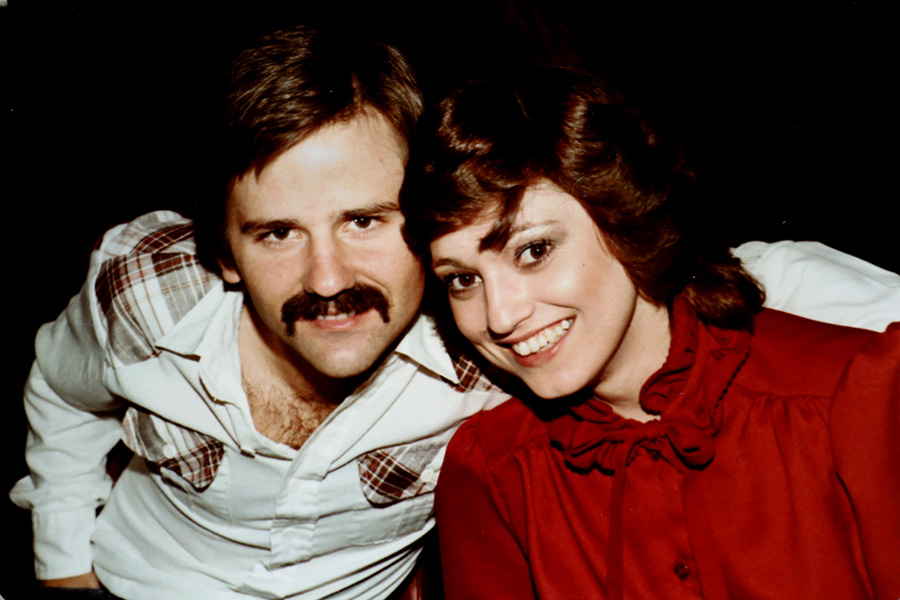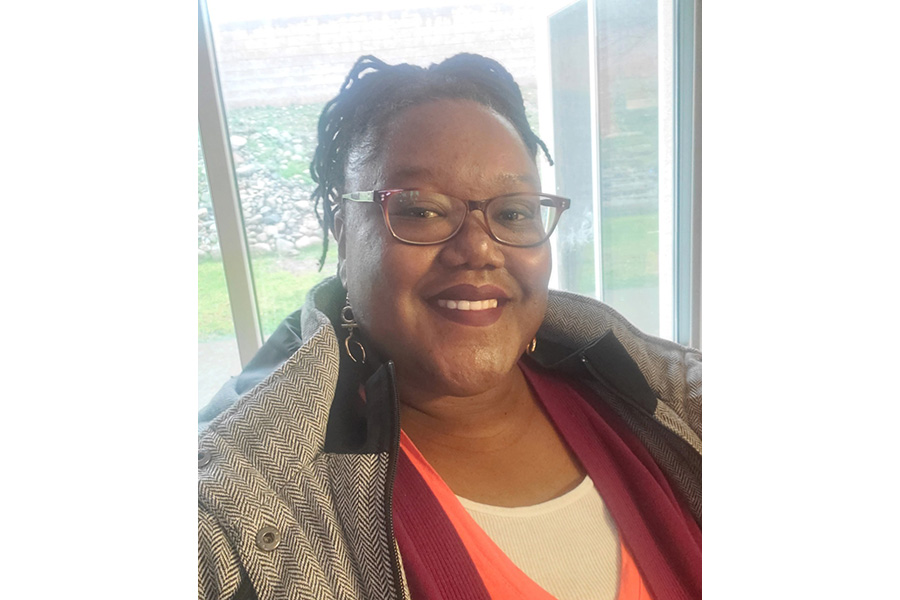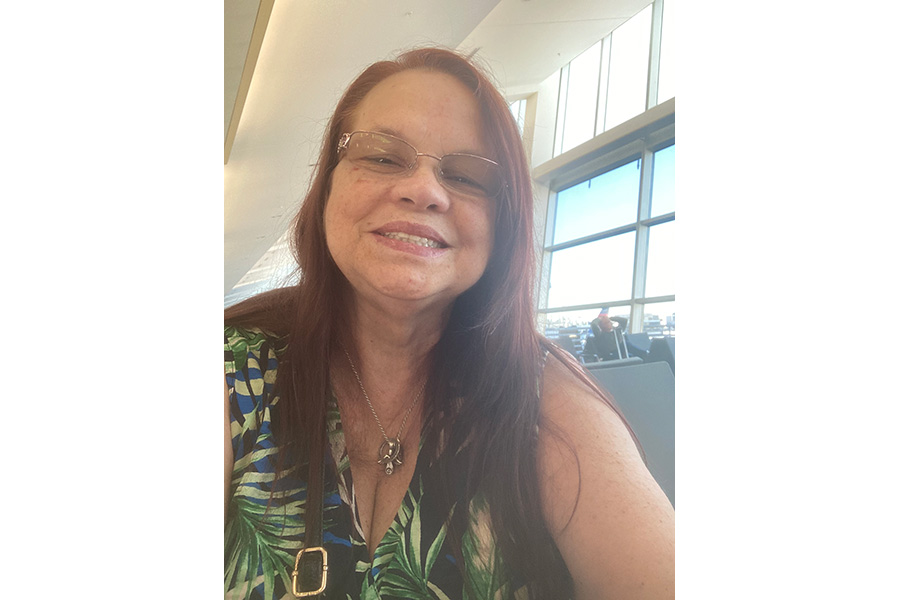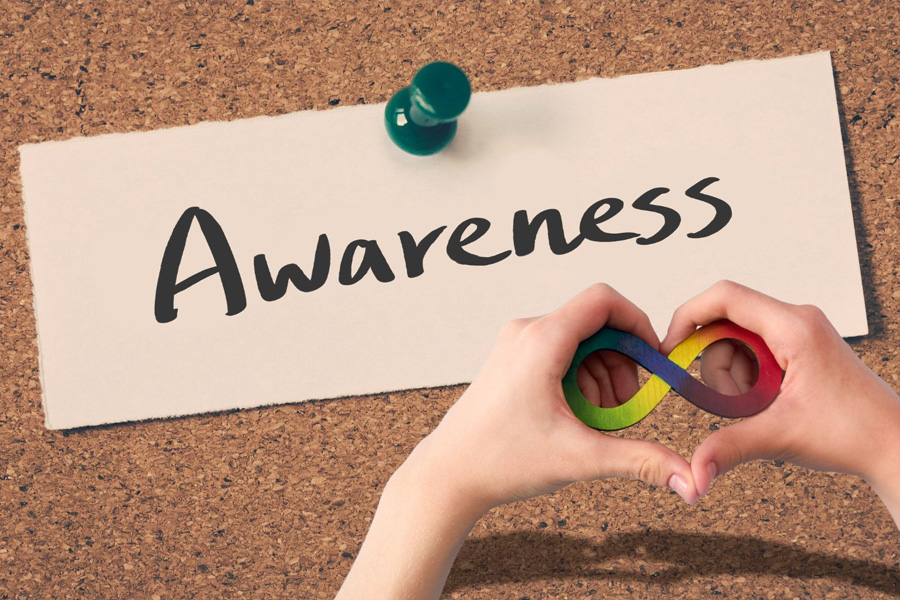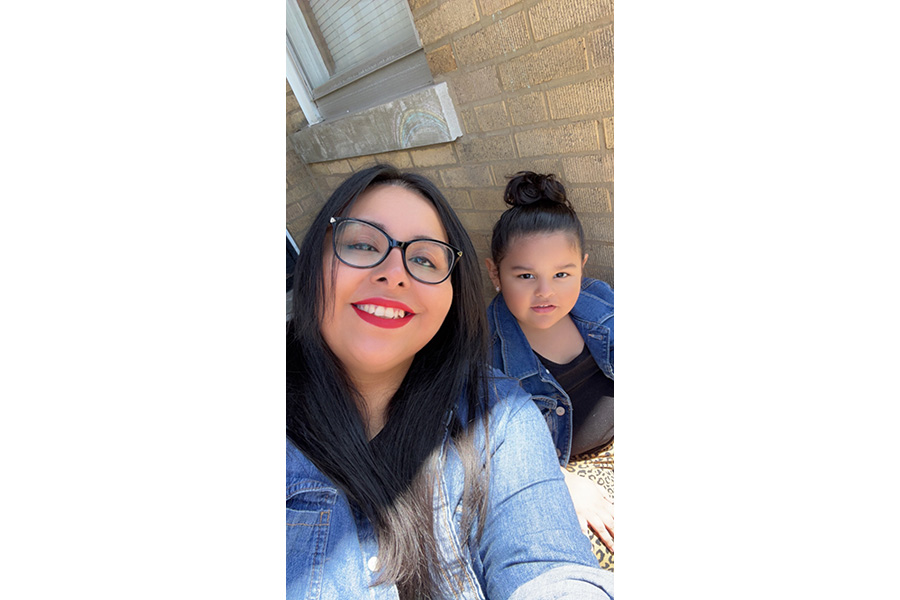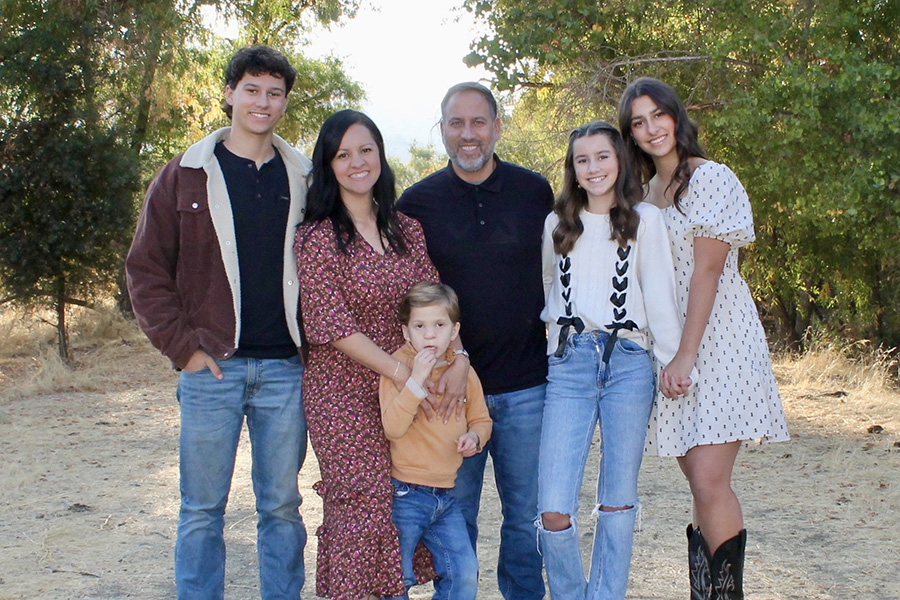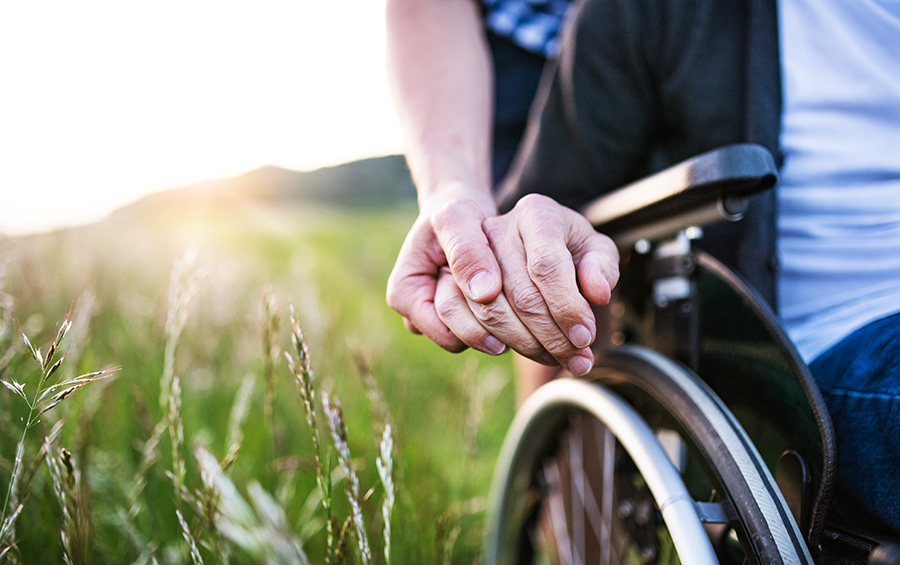Last week, my children’s public school district tentatively announced plans to re-open in the fall. However, these “plans” are anything but clear. Depending on the level of COVID-19 infections in our county, the school will alternate between three phases ranging from:
- Five-days, full time, in-person class if cases are below .5%
- Class for only grades K-2 if cases range between .5-1%
- Virtual school for all if we hit above that 1%.
I imagine this academic year as a series of tides coming in and going out depending on the Corona climate.
My son, Charlie, who will be in second grade this year, has cerebral palsy. He uses a wheelchair and is mostly nonverbal. For him, class time involves much-needed interaction with peers as well as physical, occupational, speech and feeding therapies. Without in-person learning, he misses these critical opportunities. A new report from the National Academies of Science, Engineering and Medicine, states that “without in-person instruction, schools risk children falling behind academically and exacerbating educational inequities,” particularly those already at greater risk such as children of color and those from lower income areas, as well as those with disabilities.
While we acknowledge that in-person learning is necessary for our son, we also must consider how the new school requirements will affect his Sensory Processing Disorder. SPD is characterized by an extra sensitivity to certain stimuli, which varies from person to person and can include touch, loud noises, crowds, and certain clothing or food textures. It can also demonstrate as sensory-seeking behavior such as gravitating to fast motion or bright lights. If you were unfamiliar with Sensory Processing Disorders until now, that’s not surprising given that the classification still hasn’t made it into the DSM-5. For now, “sensory problems” are housed under the criteria for autism spectrum disorder, rather than existing on their own as an independent disorder.
Most of Charlie’s sensory-issues manifest in avoidance of certain stimuli. Loud sounds such as vacuum cleaners, hair dryers, electric razors, lawn mowers and any other motorized noise trigger tears, fear and trauma. We have gotten fairly practiced at avoiding these situations. After a few terrible sessions at Great Clips where he left with half a haircut, we discovered a sensory-friendly salon in our area that uses muted razors and only accepts one child at a time. We added a sensory-friendly dentist and later discovered a children’s theatre with sensory-friendly performances that keep the noise level low and the seating well-spaced.
The new COVID-19 requirements for school attendance, however, present an uncharted set of problems. Charlie does not like unfamiliar people or things touching him, so the daily temperature check by an unfamiliar masked face will be a challenge. The frequent hand-sanitizing, while necessary, is a hurdle we are working to conquer in small doses as part of his “sensory diet.” He dislikes the texture and the application, but we’ve created a work around – clapping. A little foam and a lot of clapping, while messy, will get it rubbed in eventually and he’s happier for it.
The mask comes with its own challenges. Like most of us, he doesn’t like the feel of it around his ears and over his nose. But unlike most of us, the feeling is one of suffocation and terror. For the first month of quarantine, he cried each time he saw any of us in a mask, much less when we tried to get him to wear one himself. We discovered sensory-friendly face masks, with a similar texture to the Cat and Jack clothing line at Target that he tolerates better than the stiff surgical masks or the fancier, and flimsier, Etsy-creations. We have worked up to wearing it in small increments. He can last up to half an hour now. The first time he made it to that thirty minute mark, we celebrated with soft-serve.
Every kid, differently-abled or not, is facing a daunting school year ahead filled with unfamiliar practices and procedures. We fully support our school’s effort to keep the building safe through frequent temperature checks, hand sanitization, reduced numbers and face masks. However, each of these is its own obstacle for Charlie’s sensory processing disorder. Our family will do the best we can, but we also ask our community, and society at large, to recognize the extra needs of children like mine who need additional support from the school system in these unprecedented times.

Jamie Sumner is a special needs mom, author and blogger.
Read her blog, The Mom Gene.
Follow her on Facebook.






